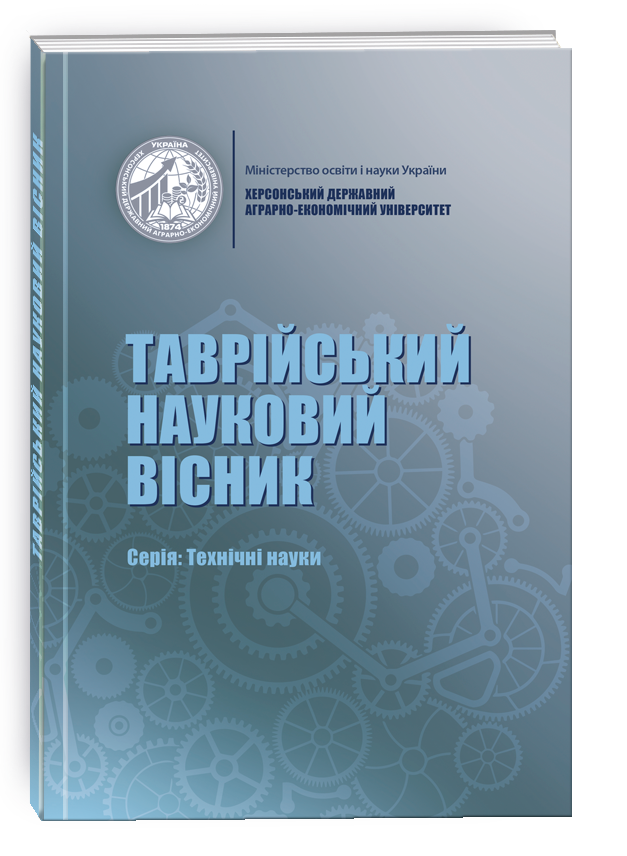STUDY OF COMMODITY EVALUATION AND NUTRITIONAL VALUE OF FUNCTIONAL FLOUR CONFECTIONERY
DOI:
https://doi.org/10.32851/tnv-tech.2022.2.5Keywords:
semi-finished products, chemical composition, prototypes, functional products.Abstract
The purpose of the work is the scientific substantiation and development of new types of flour confectionery products for functional purposes and their range in order to form a healthy diet. The development and implementation of new foods will improve existing diets due to their balance of essential nutrients and energy. Model compositions of meal mixtures have been developed for the examination of confectionery products when adding oilseed meal to shortcrust pastry technology. Processing of flax seeds, milk thistle, wheat leads to the formation of by-products – meal. Meals have a valuable chemical composition, above all, they contain a significant amount of dietary fiber, protein, vitamins, minerals, carbohydrates. Therefore, they are promising for use in food technology functional products. Studies have shown that the composition of meal of flax, milk thistle and wheat, which is 25% improves the chemical composition of the sand semi-finished product in terms of fiber, potassium, calcium, iodine, vitamins. The content of protein, selenium, fiber, calcium, iodine increases the most in shortbread cookies, but the organoleptic evaluation of cookies decreases, in particular, the color of cookies changes and its surface deteriorates, many cracks appear. Therefore, it is most optimal to use 20% of the meal composition in shortcrust pastry. At the same time, the content of such nutrients as protein increased by 2.3 times, fiber by 5.9 times, calcium by 13.1 times, and vitamin E by 6.62 times. Compared with the control in the experimental sample of cookies 3 there was a significant feeling of the content of meal composition, and there was a significant change in color of the finished product, while samples 1 and 2 were characterized by moderate perception of meal composition, which did not affect the taste of cookies at the level of 15% and 20% did not significantly affect the appearance of the developed new products.
References
Дорохович А. М., Дорохович В. В., Лазоренко Н. П. Цукрозамінники нового покоління низької калорійності та глікемічності. Продукты&ингредиенты. 2011. № 6. С. 46–48.
Никифорова Т. А., Никифоров А. Е. Способ снижения калорийности сахарного печенья. Вестник Оренбургского государственного университета. 2016. № 6. С. 164–167.
Оболкина В. И. Продукты переработки солода и нове полуфабрикаты для мучних кондитерських изделий. Кондитерское производство. 2017. № 2. С. 16.
Дідук І. В. Вплив нетрадиційної сировини на підвищення харчової та біологічної цінності крекерів. Вісник Львівської комерційної академії. Львів : ЛКА, 2001. Вип. 4. С. 161–164.
Дорохович В. В. Доцільність застосування цукрозамінника нового покоління у технології кондитерських виробів. Товари та ринки. 2008. № 1. С. 73–77.
Машир Н. Нетрадиційна сировина в кондитерських виробах знижує їх калорійність і подовжує термін свіжості. Хлібопекарська і кондитерська промисловість України. 2011. № 7. С. 18–20.
Чайка І. Борошно з гречки. Хлібопекарська і кондитерська промисловість України.2007. № 2. С. 45–46.







